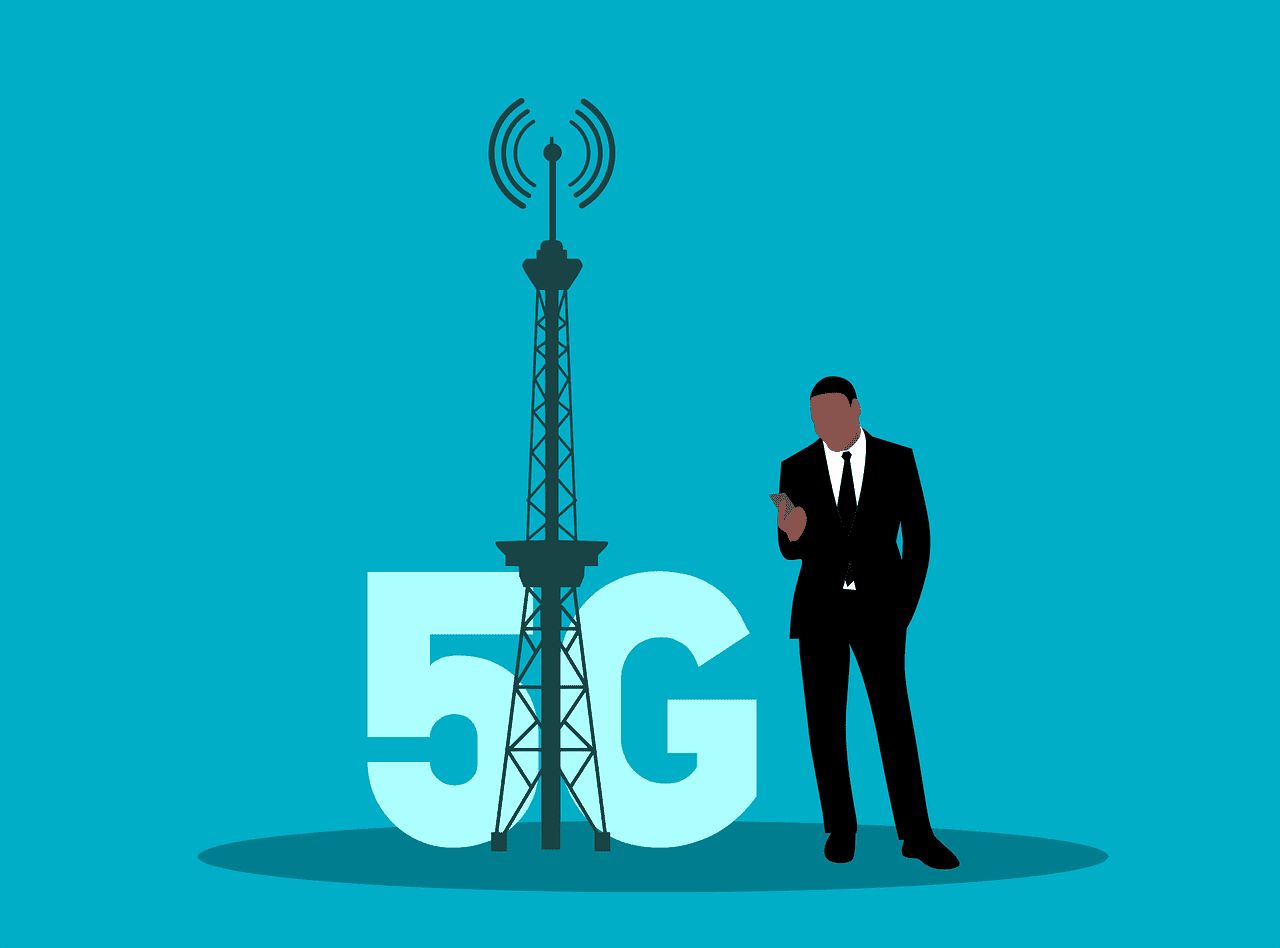Remember Dick Tracy’s wristwatch radio or Tony Stark’s heads-up display in Iron Man? Smart glasses are slowly transforming those sci-fi visions into reality. But beyond the cool factor, what makes these wearable computers so powerful, and what does the future hold for this technology?
The Power on Your Face
Smart glasses come in various forms, with features that range from the simple to the sophisticated. Some focus on displaying information in a discreet way, like text messages or turn-by-turn navigation. Others use augmented reality (AR) to overlay digital elements onto the real world. Imagine a runner seeing their pace projected right in front of them, or a tourist getting real-time translations of signs in a foreign country – that’s the power of AR.
How it Works
The mechanism behind smart glasses can vary depending on the model, but some common components include:
- Micro projector: Projects visual information onto a tiny lens in front of your eye.
- Sensors: These can include motion sensors, accelerometers, and gyroscopes to track head movements and gestures, allowing for hands-free interaction.
- Camera: Can be used for capturing photos and videos, or for more advanced AR applications.
- Connectivity: Bluetooth or Wi-Fi for connecting to your smartphone or the internet.
Benefits: A World of Possibilities
Smart glasses hold immense potential for various sectors:
- Enhanced Productivity: Imagine getting real-time data and instructions projected right in front of you, whether you’re a surgeon performing an operation or a technician repairing machinery.
- Improved Learning: Students can have access to interactive learning materials or even virtual tutors through AR overlays.
- Entertainment Revolution: Imagine watching a movie with subtitles that appear in your native language or getting real-time information about actors and scenes as you watch.
The Other Side of the Glass
Despite the exciting possibilities, there are challenges to consider:
- Privacy Concerns: With cameras constantly recording, questions arise about who has access to that data and how it’s being used.
- Safety Issues: Distracted walking or driving while using smart glasses can pose a safety risk.
- Limited Battery Life: The power required to run these features can drain the battery quickly.
- Cost and Design: Smart glasses can be expensive, and some early models haven’t quite cracked the code on sleek, everyday wearability.
The Future in Focus
The future of smart glasses is bright. As technology advances, we can expect more powerful processors, longer battery life, and sleeker designs. Regulations and social discussions will need to address privacy concerns. But with careful development and responsible use, smart glasses have the potential to become an indispensable tool, seamlessly integrated into our daily lives.
So, the next time you put on your glasses, remember – they might just be the first step towards a future where the world itself becomes your digital interface.



